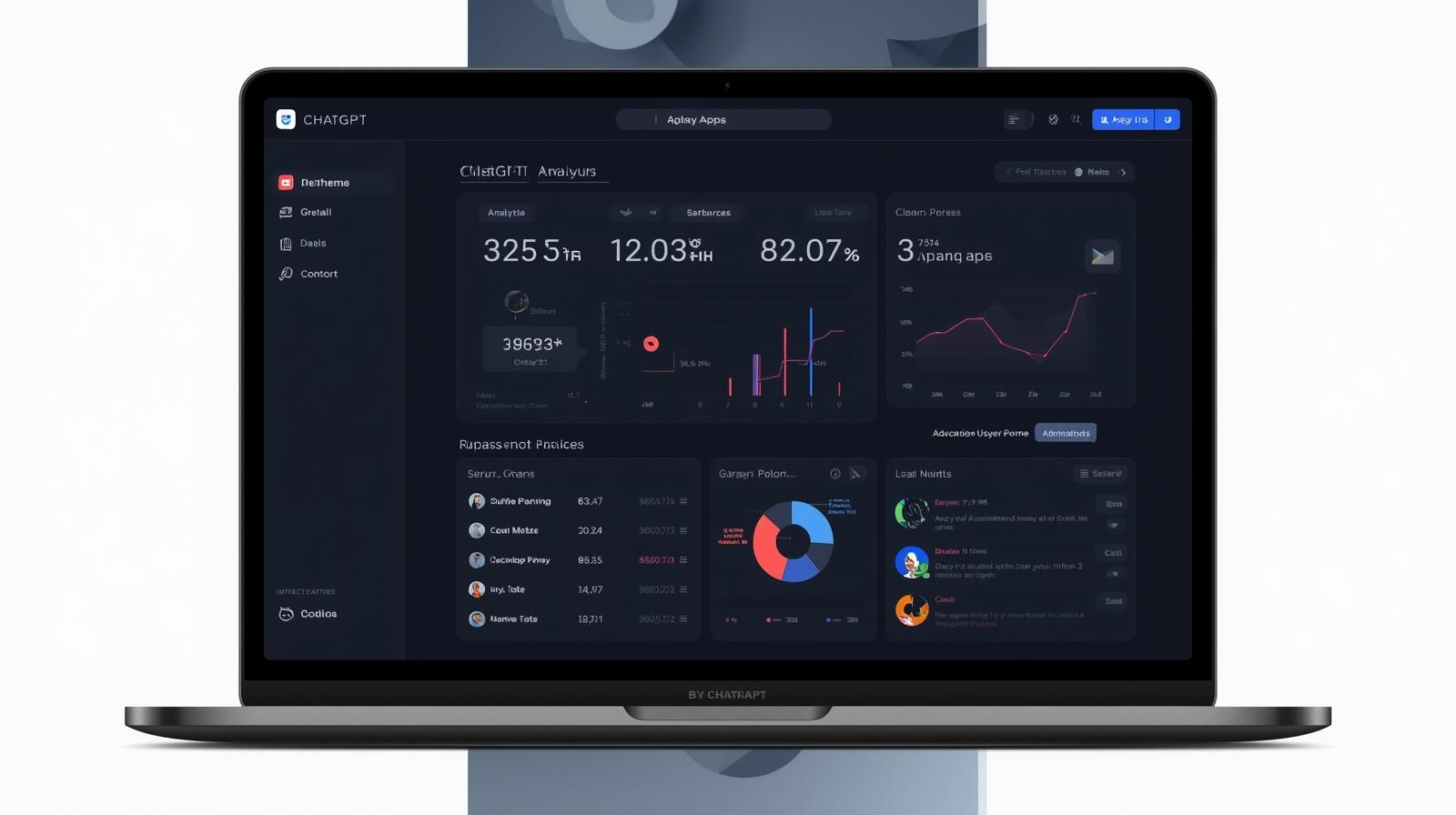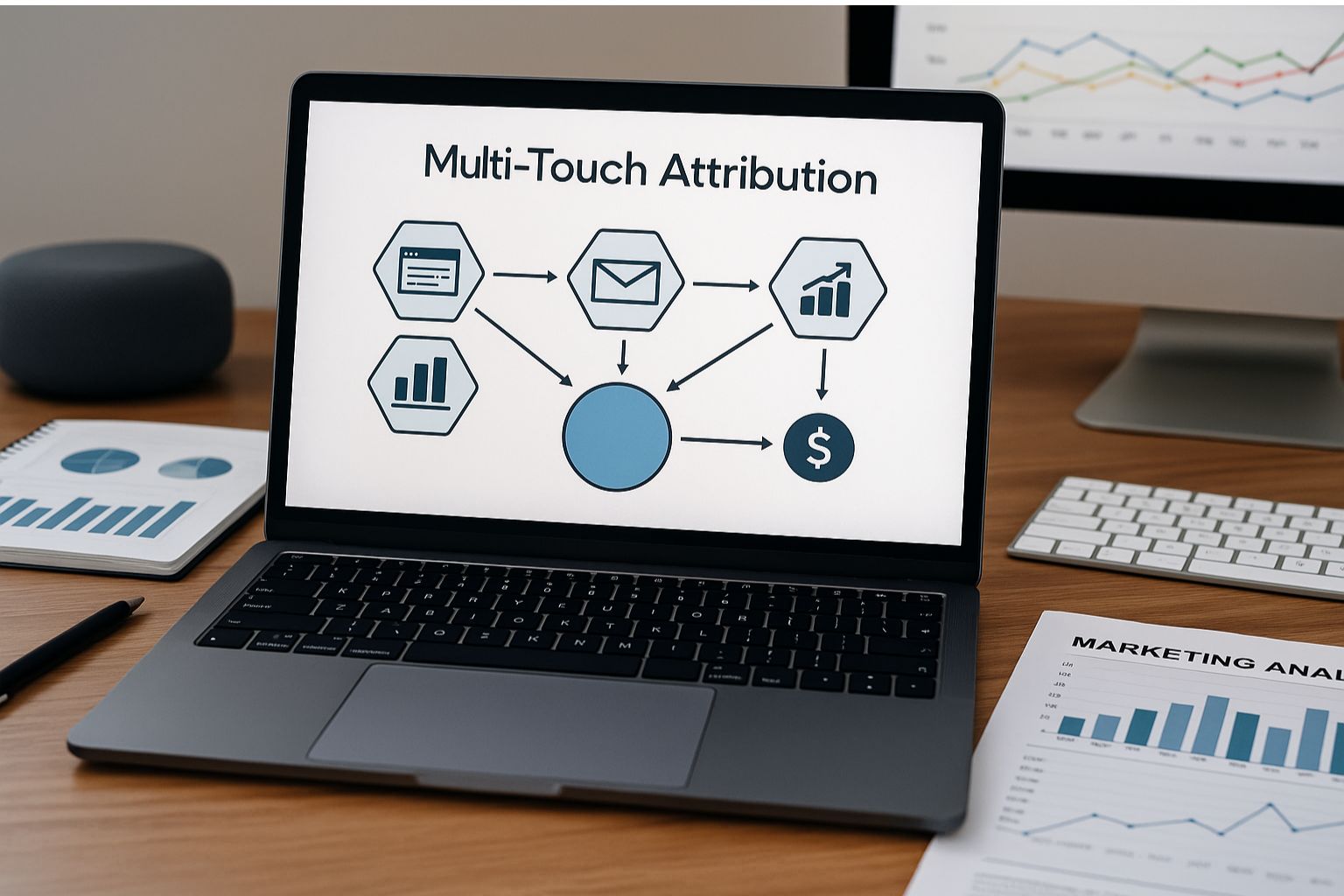
Until recently, apps lived inside app stores. Today, they live inside conversations. With OpenAI opening the gates to ChatGPT apps and embedded experiences, the chat interface is quietly becoming a new operating system for the internet.
In 2025, chat is no longer just a medium, it’s a platform. From searching to designing, from coding to shopping, the user’s journey now begins (and ends) inside chat-based interfaces.
From Prompts to Platforms
When OpenAI first introduced ChatGPT, it was a simple conversational model. Fast forward to now, and ChatGPT hosts fully functional apps like Canva, Zapier, and Expedia within the same interface.
Users don’t need to download anything or jump between tabs. They simply ask, and the app responds natively inside ChatGPT.
It’s frictionless UX, no menus, no onboarding, no redirects.
That shift is massive: it redefines how we think about UI, accessibility, and brand touchpoints.
Why Chat-Based Interfaces Work
Chat-based interfaces succeed because they eliminate complexity.
Instead of navigating through layers of buttons, users express intent naturally.
Here’s why the format is gaining traction:
- Lower cognitive load: Users don’t have to “learn” the app, they just ask.
- Personalized flow: Context carries through the chat, creating a memory-like experience.
- Faster actions: From generating content to pulling analytics, tasks take seconds.
- Device independence: Whether on mobile or desktop, the interface remains consistent.
In a sense, conversation is becoming the new navigation.
Inside ChatGPT: Apps Meet Context
OpenAI’s recent update turned ChatGPT into a real platform, with apps that can run directly in chat and interact with user data securely.
Imagine:
- A marketing lead pulling campaign performance directly from GA4 inside ChatGPT.
- A designer using Canva’s in-chat app to edit visuals on command.
- A product manager asking for user retention insights, and getting a report within seconds.
The interface isn’t static anymore; it’s context-aware and action-driven.
The UX Challenge: Design Without Design
Designers now face an unexpected challenge, how to design when there’s no visible UI.
In a chat-first world, the design work shifts from buttons and layouts to conversation design, tone, and response hierarchy.
Every message becomes part of the user experience:
- How information is chunked and visualized inside chat.
- When to respond with visuals vs text.
- How to make chat outputs feel actionable and not overwhelming.
The “invisible interface” is now the biggest UX frontier.
What This Means for Businesses
For brands, this shift unlocks a new layer of accessibility.
A chat-based app means users can access your service instantly, no downloads, no installs, just engagement.
It also changes how we measure performance:
- Conversion happens inside a conversation.
- Retention is interaction frequency, not app opens.
- Engagement is defined by response satisfaction.
Companies that adapt early will own the next wave of discoverability, inside the chat platforms where billions already spend time.
The Future: Intent-Driven Interfaces
ChatGPT’s evolution signals a future where apps are no longer standalone products, they’re intents fulfilled through conversation.
Instead of visiting ten different apps to analyze, create, or buy, users will just ask once, and the chat agent will handle the rest.
That’s not a distant idea; it’s already here.
The rise of chat-based interfaces marks the biggest shift in digital UX since the smartphone.
OpenAI’s ChatGPT has made one thing clear: the future of apps is conversational.
Brands that build for this now, blending usability, context, and intelligent automation, will win the next era of digital interaction.
At Y77, we’re exploring how chat-based data layers and analytics can power smarter, faster decision-making, directly inside AI-driven interfaces.


